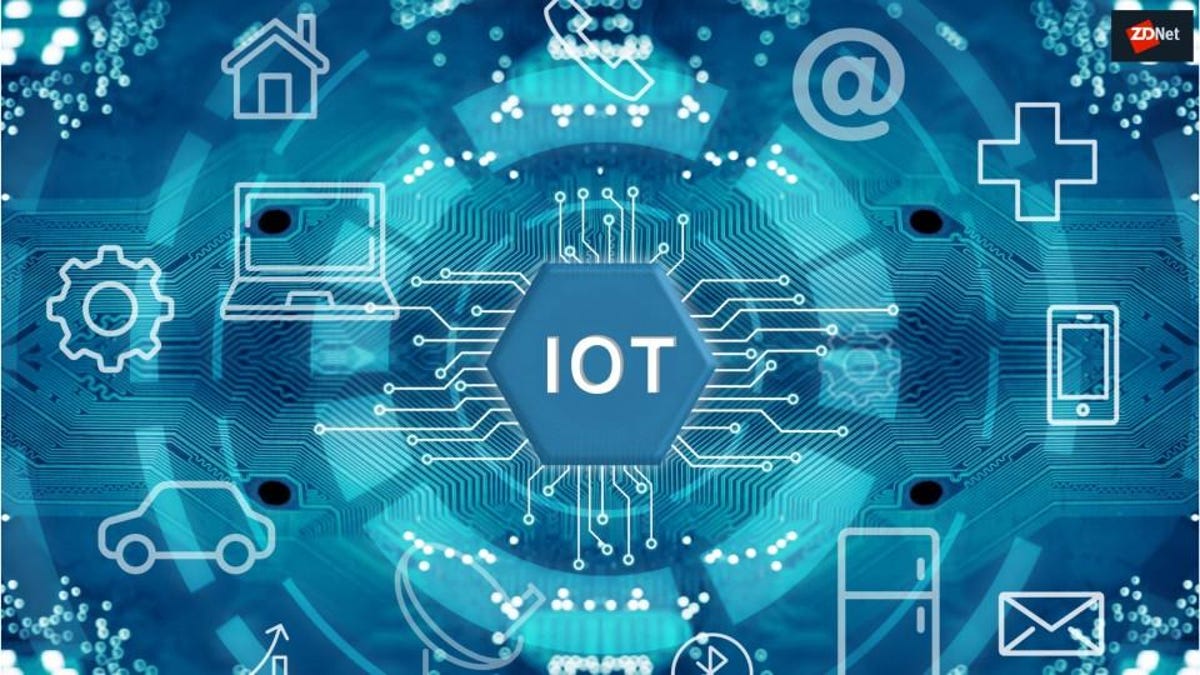IOT Self Powered System In Modern Technology
Technology is taking over in this modern world, which makes life easier to live as the internet of things is coming up with a lucrative wireless self-powered system with the highest level of integration, including energy harvesting and a complete RF transceiver lowest power. So let's look at what IOT self-powered systems are.
Internet-of-things (IoT) is an umbrella term used to describe everyday objects made" bright" with the integration of electronics and are connected to a network to receive and send data. The broad defining feature of an IoT device includes sensing to extract usable information and communicating this information to a remotely located user. This concept of IoT promises exponential growth in the number of connected devices both in the consumer space and in the industrial area.
A positive trend in this direction is already being seen in recent years. However, the true potential of IoT can only be realized if they are made self-sustainable. An essential requirement towards achieving self-sustainability is the ability of IoT devices to be self-powered. It is estimated that 274M battery replacement would be needed every day, even if trillions of IoTs are powered by batteries that last for ten years.
This is a significant maintenance cost that underlines the clear need for developing battery-less IoT devices. We developed circuit design techniques that can increase the lifetime of an IoT device by 4X to 70X. We increase the lifetime by providing more energy through efficient and low voltage energy harvesting. We also reduce the power consumption of the IoT through ultra-low-power circuits and quiet voltage operation. The combined effect of energy harvesting, ultra-low power consumption, and low voltage operation increases the lifetime by making more energy available on one hand while reducing the power consumption on the other.
Energy Harvesting
Energy reaping is the catch and transformation of limited quantities of promptly accessible energy in the climate into usable electrical energy. The harvested electrical energy is conditioned for direct use or accumulated and stored for later use. Applications in locations with no grid power and where it is inefficient to obtain wind or solar power can utilize energy harvesting as an alternative power source.
There are many sources for energy harvesting. Outdoor/indoor light, mechanical movement, dissipated heat from industrial processes, human body temperature, and radiofrequency are all potential sources for energy harvesting. While the magnitude of power generated varies by the source (a few µW/cm³ when the human body-powered and hundreds of µW/cm³ when powered from machinery), the energy harvested can be more than adequate for specific applications. Applications can vary from wristwatches to transceivers. The figure below shows the amount of power generated by various sources and the type of devices powered by energy harvesting.
Designed for IoT sensors with varying energy demands
Suppose you assess the available solutions and components for energy harvesting on the market. In that case, you will realize that there is a need for deep competencies in physics and power electronics to get underway. It is not as easy as throwing out the battery and inserting an energy harvester, such as a thermoelectric generator, which harvests energy from heat.
A self-powered device requires that the entire IoT sensor has been designed for energy harvesting – which includes the sensor, data processing and communication part. It must be considered that the energy source may vary, and perhaps there will not always be sufficient energy. At the same time, the electrical profile of an energy-harvesting generator is very different from a battery.
Power management interfaces for battery-less IoT devices
The primary components for realizing a self-powered solution not only require an energy harvesting generator (e.g. a solar cell, thermal generator, piezo element), they also need an interface for power management, as no energy harvesting generator has the same output characteristic as a battery.
A power management interface converts current and voltage to a level that can drive the IoT sensor, which typically requires 1.8–5 V. For example, a thermal generator supplies a light voltage output (~20–50 mV DC) at low-temperature gradients, whereas a piezoelectric generator supplies high voltages (~10–100 VAC) when it harvests energy from vibrations. At the same time, the impedance of the generator must be matched to achieve the highest efficiency, which the power management interface also deals specific.







Leave Comments
Post a Comment
Please leave a message if you find this content very helpful